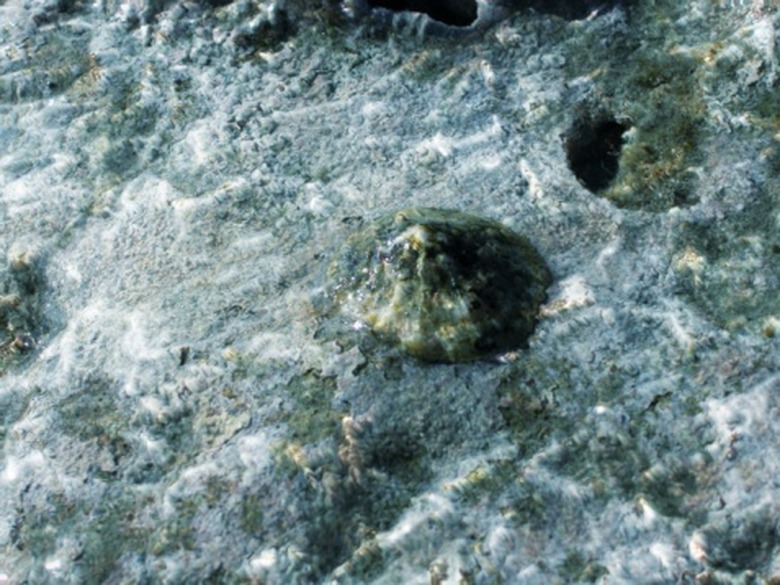Fun Facts About Oysters For Kids
Oysters are a type of bivalve mollusk, which means they have two shells and belong to a group of organisms called mollusks. Besides the oyster, animal species in the bivalve mollusk group include cockles, scallops, mussels and clams.
Oysters can be found in salt water all over the world. However, they prefer temperate and shallow waters in order to get as many nutrients as possible.
The Oyster Animal Species Is a Common Name
The Oyster Animal Species Is a Common Name
When referring to the oyster, you're actually using a common name that refers to over 10 genera of organisms. Commonly, oysters are broken down into four distinct groups:
- True oysters.
- Pearl oysters.
- Saddle oysters.
- Thorny oysters.
The oysters that people eat are true oysters, belonging to the Ostreidae family of classification. These oysters are then subdivided by species, the environment where the oysters were farmed/lived in and how exactly they were grown (wild or farmed). That's why many oyster facts show hundreds of different kinds of oysters since each location where they're farmed/collected/grown produces a different "type."
True oysters include multiple genera including Ostrea, Crassostrea and Pycnodonte. The most common species that we eat are the subspecies of O. edulis, O. frons and C. virginica. Almost all oysters from the United States are C. virginica.
One of the more interesting oyster facts is that all oysters can create pearls, but not all oyster pearls are the beautiful ones that most people are familiar with. It's almost solely pearls that come from pearl oysters (oysters in the Aviculidae family) that are cultivated for our own use.
Both saddle oysters and thorny oysters (along with pearl oysters) are inedible for humans.
Eating Oysters
Eating Oysters
Humans have been eating oysters for thousands of years. Before and during the 19th century, they were seen as a "working class" food and were often known as a cheap or lower-class food. Nowadays, however, they're seen as a sign of extravagance and luxury and are often served at high-end restaurants. In some cultures, they're also seen as an aphrodisiac and are considered luxurious and romantic.
As previously mentioned, almost all oysters from the United States are the same species. However, don't think this means that all United States oysters taste the same. Each oyster will taste drastically different depending on where it was farmed or cultivated.
Oyster connoisseurs say that each oyster taste like the waters it was grown in. This taste or flavor profile will depend on the contents of the water, the pH, the salinity and more.
Oysters Are Filter Feeders
Oysters Are Filter Feeders
To eat, oysters filter water in a process called filter feeding. Oysters filter water through gills in order to separate food from the water they live in. Through filter feeding, oysters mostly eat phytoplankton.
One oyster alone can filter over 1.3 gallons of water per hour. As oysters filter feed, they also pick up nutrients within the water. They easily absorb key vitamins and minerals from their environment including iron, zinc, vitamin B12, calcium and selenium.
If the water is contaminated, **the oyster itself can also become contaminated with pollutants**.
Oyster Breeding and Gender
Oyster Breeding and Gender
Most types of oysters are hermaphrodites, meaning they have aspects of both genders. Many oysters can also "switch" genders throughout their lives.
For breeding to occur, female oysters (or oysters with female sex organs) will release hundreds of eggs into the water. The eggs are then fertilized by sperm that is also released into the water by the male oysters (or oysters that can produce sperm).
Once fertilized, the oyster larvae are mobile, which is unique from their fully sessile (immobile) adult form. They'll float and swim for a few days or weeks before settling and attaching to a rock, boat, dock or another stationary spot where they will stay for the rest of their lives.
Cite This Article
MLA
Walsh, Elliot. "Fun Facts About Oysters For Kids" sciencing.com, https://www.sciencing.com/fun-oysters-kids-8371671/. 22 November 2019.
APA
Walsh, Elliot. (2019, November 22). Fun Facts About Oysters For Kids. sciencing.com. Retrieved from https://www.sciencing.com/fun-oysters-kids-8371671/
Chicago
Walsh, Elliot. Fun Facts About Oysters For Kids last modified March 24, 2022. https://www.sciencing.com/fun-oysters-kids-8371671/
